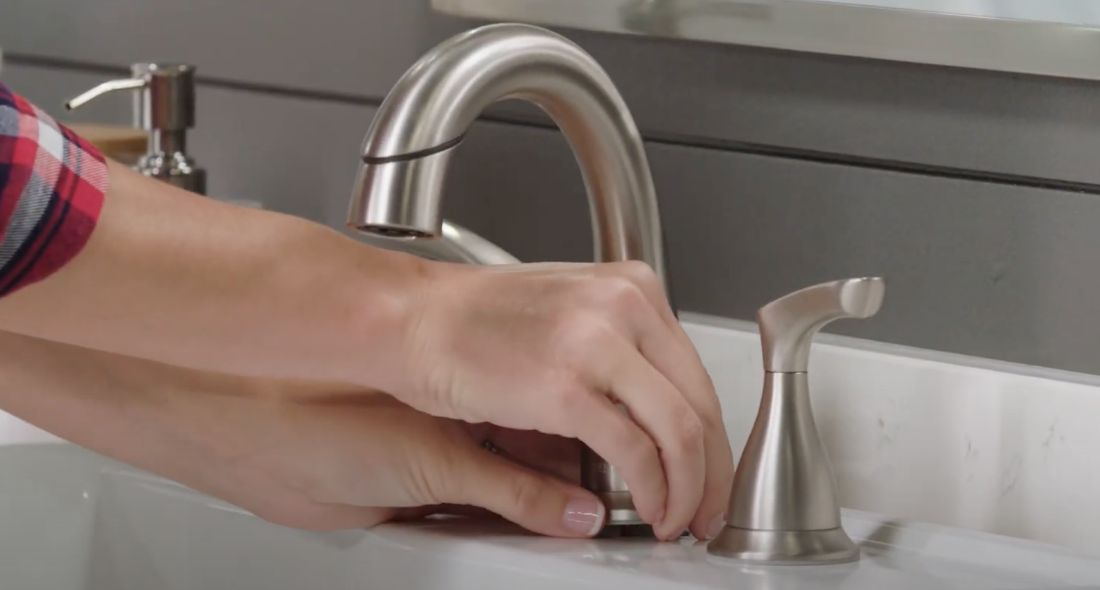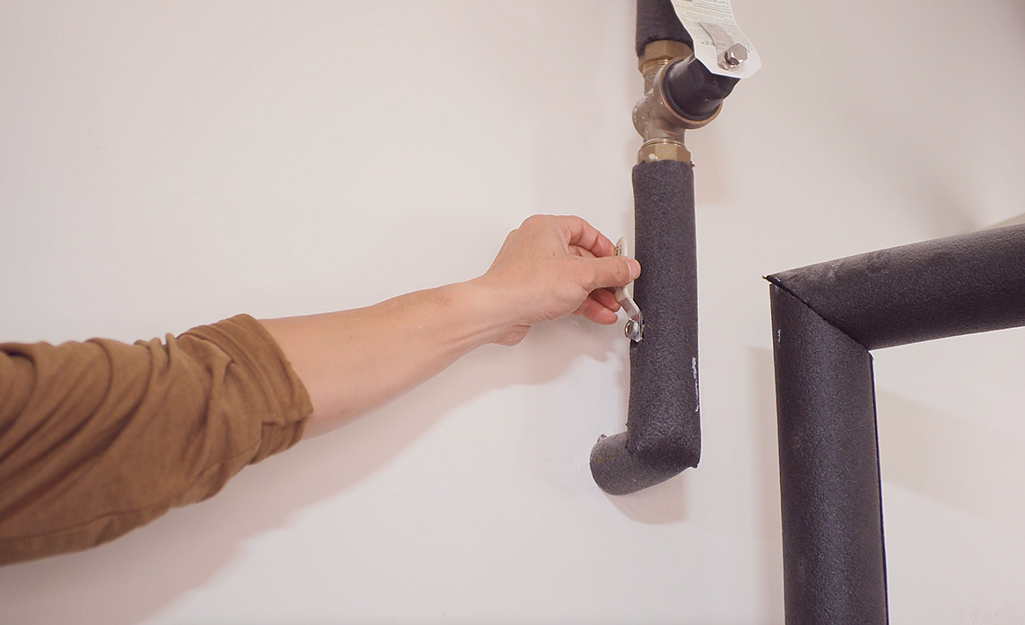Were you searching for content around Water Dripping from Faucet: Why and How to Fix?

Trickling faucets may feel like a minor trouble, yet their impact exceeds simply the annoyance of the sound. From drainage to incurring unnecessary monetary prices and wellness risks, disregarding a leaking tap can bring about numerous consequences. In this article, we'll delve into why it's vital to resolve this usual house concern without delay and properly.
Wastefulness of Water
Ecological Effect
Leaking faucets contribute significantly to water wastefulness. According to the Environmental Protection Agency (EPA), a solitary tap leaking at one drip per second can waste greater than 3,000 gallons of water annually. This not only strains water sources however also influences environments and wildlife dependent on them.
Financial Prices
Boosted Water Bills
Past the environmental influence, leaking taps can pump up water costs significantly. The gathered waste with time equates right into higher energy expenditures, which might have been avoided with prompt fixings.
Possible Residential Property Damages
Additionally, prolonged dripping can bring about harm to components and surfaces surrounding the tap. Water accumulation can create discoloration, deterioration, and also structural problems if left ignored, causing additional repair service prices.
Wellness Concerns
Mold and Mold Development
The consistent existence of wetness from a leaking faucet creates an optimal atmosphere for mold and mold development. These fungi not only compromise interior air top quality yet additionally present health and wellness risks, particularly for people with breathing conditions or allergic reactions.
Waterborne Illness
Stagnant water in trickling faucets can become a breeding place for germs and other pathogens, boosting the risk of waterborne conditions. Contaminants such as Legionella microorganisms flourish in stationary water, potentially bring about major ailments when ingested or breathed in.
DIY vs. Specialist Repair
Benefits and drawbacks of DIY Repair Service
While some might try to repair a leaking tap themselves, do it yourself repair work include their very own collection of obstacles. Without appropriate expertise and devices, do it yourself attempts can exacerbate the issue or result in incomplete repair services, prolonging the trouble.
Benefits of Working With an Expert Plumber
Hiring a professional plumber ensures that the underlying source of the trickling tap is attended to efficiently. Plumbings possess the knowledge and equipment to diagnose and repair faucet issues effectively, saving time and reducing the risk of further damages.
Step-by-Step Guide to Fixing a Dripping Tap
Tools Required
Prior to attempting to deal with a leaking faucet, collect the necessary devices, including a flexible wrench, screwdrivers, replacement components (such as washers or cartridges), and plumber's tape.
Usual Faucet Issues and Their Solutions
Determine the type of faucet and the details problem creating the drip. Common issues consist of worn-out washers, rusty shutoff seats, or defective O-rings. Describe manufacturer directions or on-line tutorials for detailed assistance on repair services.
Safety nets
Normal Maintenance Tips
To prevent dripping faucets, do regular upkeep such as cleaning aerators, inspecting for leaks, and replacing worn-out parts promptly. Additionally, consider installing water-saving devices or upgrading to more reliable components.
Importance of Prompt Repairs
Addressing trickling taps as soon as they're discovered prevents more water wastefulness and prospective damage, inevitably conserving both water and money in the future.
Effect On Building Worth
Understanding of Well-Maintained Residential Or Commercial Property
Keeping a property in good condition, consisting of addressing upkeep issues like leaking taps, enhances its regarded value and charm amongst potential purchasers or renters.
Impact on Resale Worth
Qualities with well-maintained plumbing fixtures, consisting of taps, command greater resale values in the realty market. Attending to trickling taps can contribute to a positive impression during residential property inspections and settlements.
Environmental Obligation
Specific Payment to Preservation
Taking duty for fixing dripping faucets straightens with more comprehensive initiatives towards water preservation and ecological sustainability. Every individual's actions collectively make a substantial influence on maintaining valuable resources.
Sustainable Living Practices
By focusing on timely repair work and adopting water-saving habits, people contribute to lasting living techniques that benefit both existing and future generations.
Final thought
Dealing with a leaking faucet exceeds mere ease; it's a necessary step towards conserving water, lowering financial prices, and protecting wellness and home. Whether via DIY repair services or expert aid, taking action to take care of trickling faucets is a little yet impactful method to advertise responsible stewardship of resources and contribute to a much healthier, extra lasting future.
How to Fix a Leaky Faucet: Step-by-Step Repair Guide
A leaky faucet may seem like a simple annoyance, but if it's not fixed promptly, that leak could cost hundreds to potentially thousands. From water damage to mold, mildew, and high water bills, even a tiny leak can be catastrophic if left unattended. Damage like this can even affect the overall value of your home, so it's important to take the right approach for leaky faucet repair. You may need the help of a plumber in some cases, but we've got a few tips you can try on how to fix a leaky faucet before calling the pros.
Four Faucet Types
When you're learning how to fix a leaky faucet, the first step is knowing what kind of faucet you're working with! There are four common types.
Cartridge Faucets
Cartridge faucets come in one- or two-handled varieties. In one-handled cartridge faucets, hot and cold water combines in a single cartridge. In the two-handled versions, hot and cold water are controlled separately and mixed in the faucet.
Ball Faucets
Ball faucets have a single lever you push up and down to adjust the pressure and rotate to change the temperature. A slotted metal ball controls the amount of water allowed into the spout.
Compression Washer Faucets
They're the oldest type of faucet, but they're still used in many homes — especially older ones. Compression faucets have two separate handles that, when turned, raise or lower the washer that seals a water valve. This valve stops water from flowing through the faucet when it is turned off.
Disc Faucets
Disc faucets rarely need to be repaired due to their maintenance-free design. The water flow is controlled by two discs — the upper one raises and lowers against a fixed lower disc, creating a watertight seal. If your disc faucet starts leaking, you may need to replace the seals or clean residue buildup from the inlets.
Fixing a Leaky Faucet
Step 1: Turn Off the Water
Whether you're learning how to fix a leaky bathtub faucet or how to fix a leaky kitchen faucet, always turn off the water supply to your working area when you're fixing a leak. The last thing you want is a flood added to your list of things to fix.
Look for the shutoff valves below your sink or around the tub and turn them clockwise to stop the water flow. If your faucet doesn't have shutoff valves, you may need to turn off the water for the whole house. Check to make sure it's off by turning the faucet on. If nothing comes out, you're ready to start the repair.
Step 2: Take Apart the Faucet
How you disassemble your faucet depends on the type of fixture you have. You can use a flathead screwdriver to remove the caps on top of the handle or handles for cartridge and compression faucets. Inside, you should see handle screws. Unscrew these with a screwdriver to remove the handle.
Disc- and ball-style faucets will typically have an inlet screw near the handle, and removing that will reveal the interior of the faucet.
Detach the Valve Stem
For cartridge- and compression-style faucets, you'll see the inner valve stem or cartridge once you remove the faucet handles. If you have a compression faucet, unscrew the brass valve stem. If you have a cartridge faucet, pull out the cartridge. If your cartridge has been in place for a while, it may require some tools or extra force to remove it due to mineral deposits.
Examine and Replace Parts
Once you've removed the parts, check them out to confirm what needs to be replaced. You may see corroded rubber washers, O-rings, stems, or cartridges. On a ball-style faucet, check the seats and springs for damage.
If you need to repair a leaky disc faucet, check the inlet and seals on the lower disc.
Once you determine what parts must be replaced, visit your local hardware store. Bring the damaged parts with you to ensure you can purchase the correct components to replace them.
Clean Valves and Faucet Cavity
If you've removed a stem or cartridge, you may notice mineral buildup in the faucet's threads. Use white vinegar to clean the valve seat by soaking it for a few minutes, then scrub it away with a soft toothbrush and rinse with warm water. You can also clean the interior of the faucet in the same way.
Reassemble the Faucet
Once your faucet is cleaned and the required parts have been replaced, it's time to reassemble it. Put the pieces back together and slowly turn the water supply back on. Doing this slowly is crucial because too much initial water pressure can damage the new hardware you've just installed.
https://homewarranty.firstam.com/blog/how-to-fix-leaky-faucet

I was made aware of that editorial on Why Is It Important To Fix Your Leaking Tap/Faucet? through someone on our other website. Sharing is nice. Helping others is fun. Thank-you for your time invested reading it.